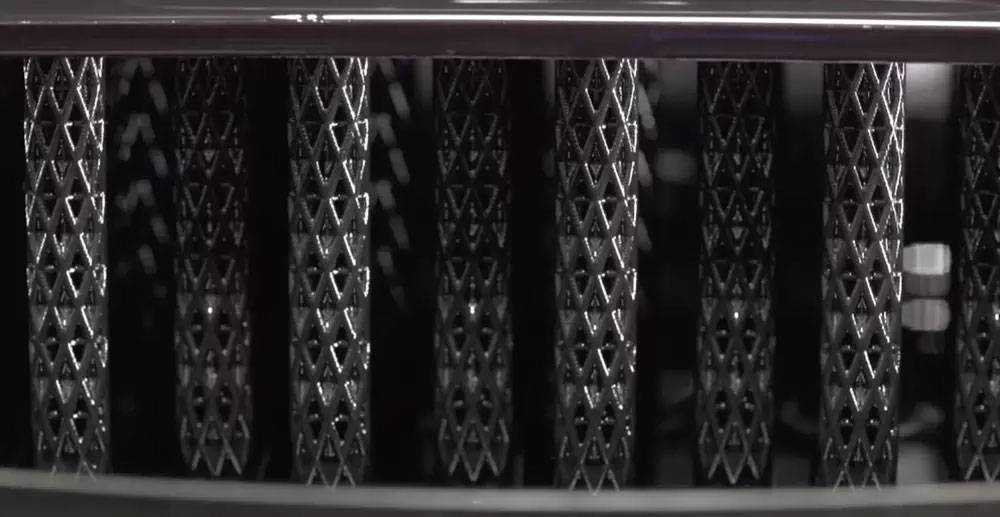[ihc-hide-content ihc_mb_type=”show” ihc_mb_who=”reg” ihc_mb_template=”3″ ]
[vc_row][vc_column][vc_column_text]Now that industrial 3D printing has demonstrated that, sometimes, you can actually believe the hype, CES may increasingly become an event where 3D printer manufacturers show off what you can actually do with the technology.[/vc_column_text][vc_column_text]This was true last year when Markforged showed off the Metal X 3D printer, a comparatively low-cost metal 3D printer that could be used for fabricating molding to produce consumer goods. This year, Carbon is demonstrating what its ultra-fast Digital Light Synthesis (DLS) technology can do for consumer goods by announcing a partnership with Incase.
Look down at your phone or laptop and you may just see an Incase product protecting your device in squishy neoprene or rigid plastic. In case has joined Carbon for a multi-year partnership to use DLS—which creates layer less, engineering-grade parts, often in less than 10 minutes—to 3D print protective “mobile solutions” (read “smartphone cases”).
To do so, In case will have access to 20 M2 printers from Carbon. Incase also will leverage Carbon’s design and simulation software to drive the design process, as well as Carbon’s elastomers to create the products.[/vc_column_text][vc_column_text]What’s most important about this announcement is that Incase plans to print these products “at scale,” which suggests that it will be mass manufacturing 3D-printed protective gear. Incidentally, Incase will have exclusive rights to co-brand its mobile solutions as printed by Carbon.[/vc_column_text][vc_single_image image=”2650″ img_size=”full”][vc_column_text]This is not the first such partnership for Carbon, which announced in 2017 that it would be working with Adidas to 3D print the soles of sneakers en masse, as well. In so doing, Carbon is accomplishing what was previously only a dream for the 3D-printing industry: mass manufacturing 3D-printed goods.
For these immediate partnerships, this means potentially improved design and product capabilities. The lattice structures to be used in the Adidas shoes and Incase products—which can only be made with 3D printing—make it possible to reduce weight (and waste) while potentially increasing strength and cushioning. In the future, it may also mean mass customization, in which products are personalized to the specifications of each customer.
Starting with Markforged last year and continuing with companies like Carbon this year, we may see that CES is about a whole new type of consumer 3D printing.[/vc_column_text][/vc_column][/vc_row]
[/ihc-hide-content]


